The good fillers – the ones with FDA approval, or a CE mark – are safe in the right hands. That means in the experienced hands of medically-trained professionals who are following the correct protocols for treatment.
The flipside of this is that there are an awful lot of dodgy fillers around, and an awful lot of less-than-brilliant practitioners, which means that there is huge potential for problems. This list of side effects and issues that can occur from fillers is ordered beginning with those which are most likely to happen. These aren’t all indicators of having been injected with a sub-par product or by an unskilled practitioner – bruising and swelling, for example, are unavoidable for most of us – but you’re far more likely to run into complications and be left regretting your treatment if, you guessed it, you don’t do your research and seek out a brilliant injector.
1. Bruising
Any injection carries a risk of bruising because of damage to capillaries under the skin. This is temporary but may take a fortnight to fade, and it’s very common. Some people just do bruise more than others. Exercising speeds up the blood circulation, so exercising soon after the procedure can make bruising worse – and so can drinking alcohol soon afterwards, as it temporarily thins the blood. Bruising is easy enough to cover with concealer – I prefer the sort of product which is strong enough to cover tattoos.
2. Swelling and skin redness
It is very likely that there will be swelling around the injection site, and that the skin will be red, simply from the fact that a needle was sunk into your skin. The swelling will go down, which may take a few hours, or a few days. There may also be swelling of the area that has been injected, though it can be hard to tell how much of this is due to the volume of product that has been put in and how much is due to your face protesting at being injected. Again, this may take a few days to settle. Swelling can be reduced by holding an ice-pack wrapped in a clean cloth to the area every few hours.
3. Rashes and itching
This can be caused by an allergy to the particular substance used. This is rare, given that most fillers are made of substances like hyaluronic acid and have minimal potential for causing reactions – but it’s not unheard of. Swelling that seems more like an allergic reaction may respond to an antihistamine.
4. Acne-like skin eruptions
These can result from bacteria getting into the holes left by needles on your face. Wash your face with care, swab it with a salicylic acid toner, and don’t pick at the spots.
5. Infection at the injection site
This, again, can be caused by bacteria getting into the injection site. This needs swift treatment. Consult your practitioner and send them photographs. You may need antibiotics.
You’re far more likely to run into complications and be left regretting your treatment if you don’t do your research and seek out a brilliant injector.
6. Blistering of the skin
This is rare, but has been reported – it can happen around the injection sites. Consult your practitioner at once for advice if this happens to you.
7. Asymmetric result
You would only end up with an asymmetric result after treatment if your practitioner had a poor sense of proportion. But once the filler is in there, your choices are limited. Either you can have the filler dissolved with hyaluronidase (if it’s a hyaluronic acid filler), or you can have more filler injected in the appropriate place to balance things out. You might want the corrective work to be done by a different practitioner.
8. Filler migration
Filler ‘migrating’ away from the site where it is injected is not common, but it can happen. The only solution is to have the misplaced filler dissolved with hyaluronidase (if it’s a hyaluronic acid filler) as mentioned above, and start again.
9. Filler forming lumps under the skin
Fillers, particularly hyaluronic acid fillers, don’t often provoke reactions in the skin, and they tend to integrate quickly and smoothly with the skin’s tissues. There are two ways in which they form lumps under the skin. The first of these is simply if the filler has been misplaced, or badly positioned and not smoothed into shape – which practitioners will usually do with a firm but gentle pressure and massage after injection. If these lumps are obvious and you can’t live with them, you’ll need to have them dissolved with hyaluronidase.
10. Filler forming lumpy granulomas
This is the second type of bump, and it’s more of a problem, However well-tested fillers are, they are still a foreign substance that has been introduced to your body, and your body may, in its wisdom, at any point suddenly decide that it objects to having filler there, and start to form a granuloma around the filler. It’s not an allergic reaction, more of an inflammatory response, but the result is that you end up with a lumpy growth with the filler encapsulated inside it.
The best way to treat these is with steroid injections, which interfere with the way the fibroblasts within the skin cells are enabling the growth. The other option is to surgically cut the growth out – but it can be hard to get the entire growth that way, and it will leave a scar.
11. Filler injected into a blood vessel
This is rare but extremely serious. It is rare because one of the first things all injectors are taught is, once they have put the needle through the skin, to ‘aspirate’ – i.e. to pull the plunger back a fraction, just to check that they are not in a blood vessel. If they aspirate and blood comes into the syringe, they know that they need to stop, get out of that area, and reposition. Because if filler is injected into a blood vessel, it can block that vessel and kill the surrounding skin tissues (necrosis), or that blockage can travel back to the tiny blood vessels that supply the eye, which can lead to blindness.
The first signs that something is wrong are usually pain and skin blanching or discolouration at the injection site. If it happens, your practitioner needs to treat it as an emergency. Contact them immediately if you think this is happening. You need treatment straight away to shift the blockage.
When you’ve seen this list, you can see why it’s vital to choose a practitioner who not only knows how to use fillers, but what to do if any problems arise. This is one reason why the aesthetics industry is so keen that non-surgical treatments are perceived as the medical procedures that they are. This is something you should ask about at your consultation before treatment, and this is where medically trained practitioners clearly have the edge over others. Because if you have a problem and your practitioner is not helpful, or is dismissive of your problem, you will need to seek help elsewhere.
The Tweakments Guide Takeaway
Some minor side effects like bruising and swelling are unavoidable for most of us, but you're far more likely to run into serious complications if you have dermal filler treatment with an inexperienced practitioner who isn't medically-qualified, and who uses a sub-par product.
Join Our Mailing List
This is the best way to stay in the loop with our latest news and updates, including industry titbits and tailored offers.
Related Stories

Concerns
The Tweakment Ladder: How To Take Your First Steps In Tweaks
Given the huge number of tweakments available, it’s increasingly hard to work out where you should...
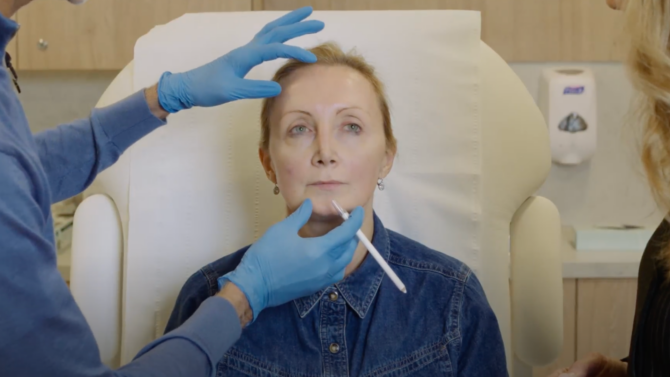
Tweakments
Less Is More – How To ‘Press Pause’ On Ageing With Natural-Looking Filler
Can we really ‘press pause on ageing’ using dermal filler? Alice visited globally-renowned...
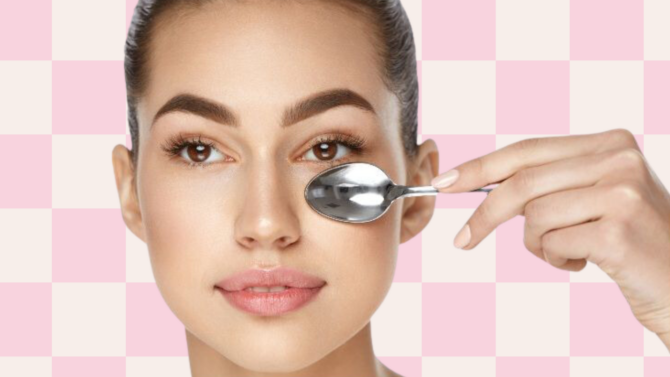
Tweakments
Three Free Tweaks
After my recent story about The £1000 face, I thought I’d better tone it down a bit and write...
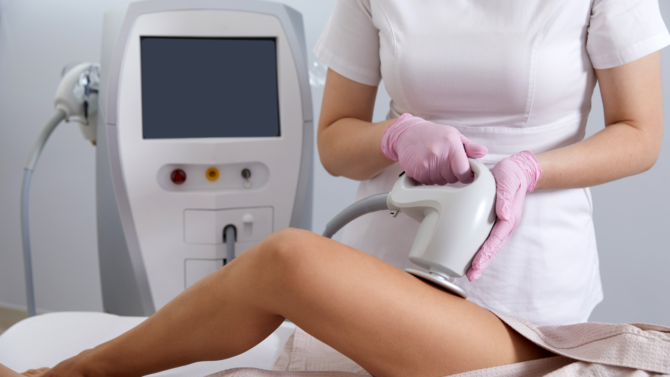
Concerns
The Best Body Treatments That Go Beyond Fat Loss
Rightly or wrongly, when it comes to our bodies and especially body tweakments, we tend to focus on losing...



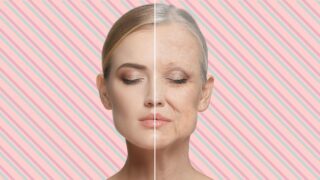

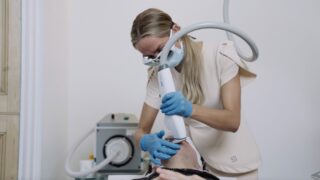

 The Tweakments Chatbot
The Tweakments Chatbot